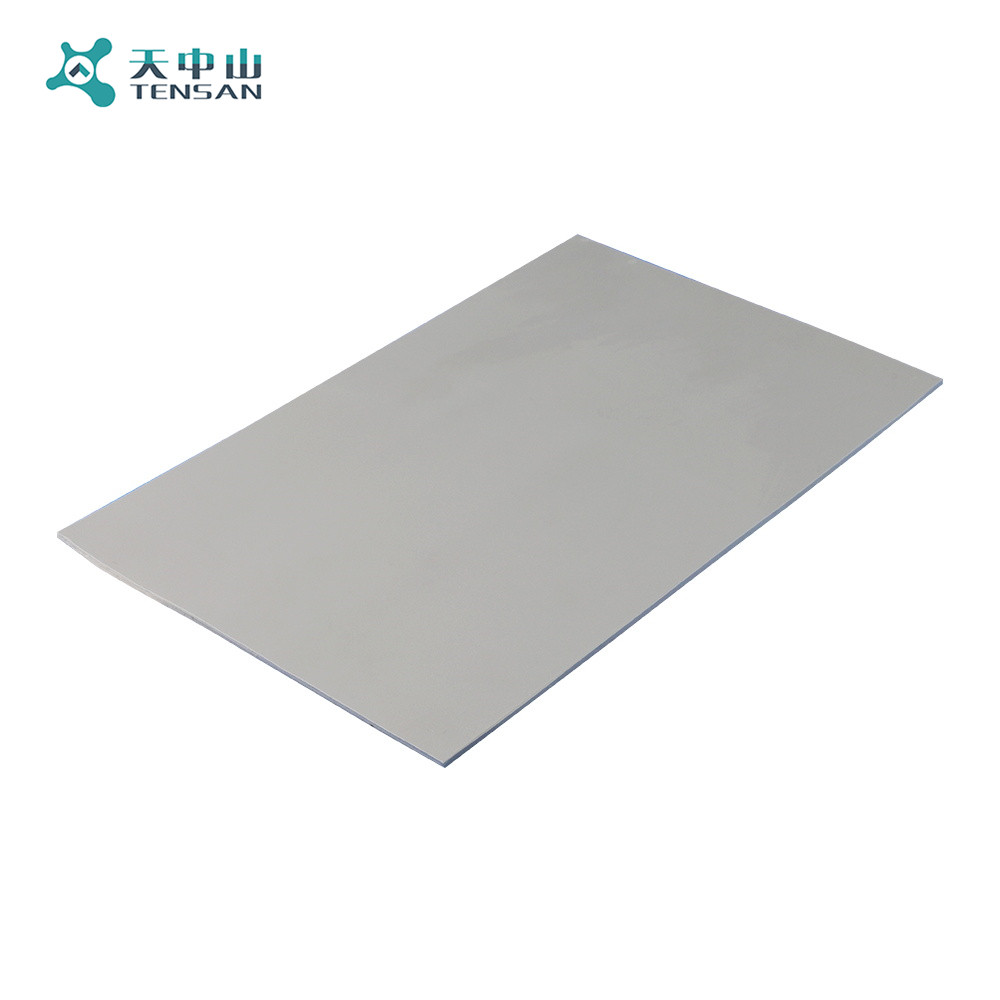Thermal pads fill the air gap between a heat-generating device and a heat sink or metal base, and their flexible, resilient characteristics allow them to be used to cover very uneven surfaces. Heat is conducted from discrete components or the entire PCB to the metal enclosure or diffuser plate, increasing the efficiency and lifespan of heat-generating electronic components. At present, there are more thermal conductive silicone gaskets in the market. In the use of gaskets, pressure and temperature are mutually restrictive. With the increase of temperature, after the equipment runs for some time, the gasket material will soften, creep, stress relaxation and the mechanical strength will also decrease. The pressure of the seal is reduced. Today, TENSAN will share with you, mainly from the following aspects:
The first is the choice of substrate.
There are three common polymer materials for thermal pads as a matrix, silicone, polyurethane, and acrylic resin. The latter two are also commonly referred to as silicon-free thermal pads. Silicone thermal pads inherit the characteristics of silicone materials and are a widely used type of thermal pads. However, there is a disadvantage that silicone oil is precipitated and cannot be used on some occasions (such as optical equipment, hard disks, etc.). The main advantage of silicone-free gaskets is that there is no precipitation of silicone oil, and the disadvantages are also obvious, including slightly poor temperature resistance and high hardness.
The second is the choice of thermal conductivity.
Which thermal conductivity gasket to choose depends on the application environment and requirements. The first is to look at the amount of heat generated by the component, and the second is to design the gap thickness, the desired reduction in temperature, and the heat transfer area. According to these, the area thermal resistance is estimated according to the Fourier equation, and then the required products can be determined according to the thickness thermal resistance curve of the different thermal conductivity pads.
Third. The choice of structure.
In general, adding reinforcing materials will increase physical strength, but will sacrifice some thermal conductivity. If the specification is relatively large, it has little effect on thick products but has a certain impact on thin products (<1mm). The gasket of the material is strong and does not undergo dimensional changes. The gasket on the surface of the silicone cloth has puncture resistance and better electrical insulation.
Fourth, is the choice of thickness.
The thickness of the gasket generally needs to be selected according to the designed gap width. It is recommended to compress 20-50% of the thickness and close to the gap thickness. For example, if the gap thickness is 1.5mm, a 2.0mm product can be recommended, because the 2.0 product is the same as the gap thickness after being compressed by 25%. A product of this thickness can ensure that the gap is filled without causing excessive stress.
The hardness of the product has a great influence on compression performance. Under the premise of ensuring physical strength, it is recommended to choose the product with low hardness. In addition to the lower stress, the lower hardness pads have better interfacial affinity and lower interfacial thermal resistance.
